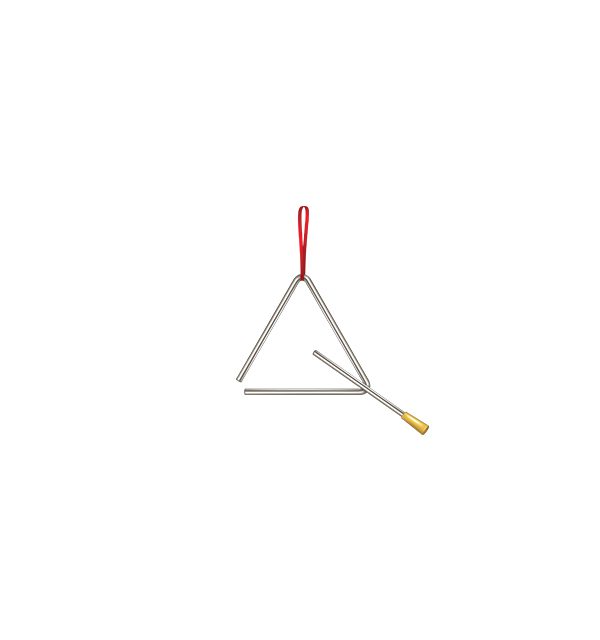Percussion instruments are the oldest instruments used by people for making sounds. Over 8,000 years ago, people hit things together, beat on their chests, or clapped their hands to make sounds. Soon they used these sounds to send messages which could be heard a long way away. Many times people made sounds with special rhythms for special ceremonies.
The earliest drums were probably dried animal skins stretched over hollow logs. People also made rattles using small stones.
Today we use percussion instruments in our orchestra to add special effects. The percussion family has the largest variety of types of instruments and is the loudest in the symphony orchestra. A percussionist in an orchestra may play as many as a dozen different instruments in one concert, since different pieces of music may require different kinds of percussion sounds.
Percussion instruments produce their sounds with vibrations made by being struck, scraped, or shaken. The percussion family is divided into two main sections—pitched, that can produce different notes, and unpitched, those that cannot change notes.
There is usually one timpani player plus two more percussionists in an orchestra.
Pitched Percussion
These are the percussion instruments that can produce different notes (pitches). The only drum in this group is the timpani because it can be tuned to different pitches.
Unpitched Percussion
Unpitched percussion instruments can make only one sound or one pitch at a time. The larger the item, the lower that pitch will probably be. The kind or color of sound can be changed by striking the instrument in different places.



















